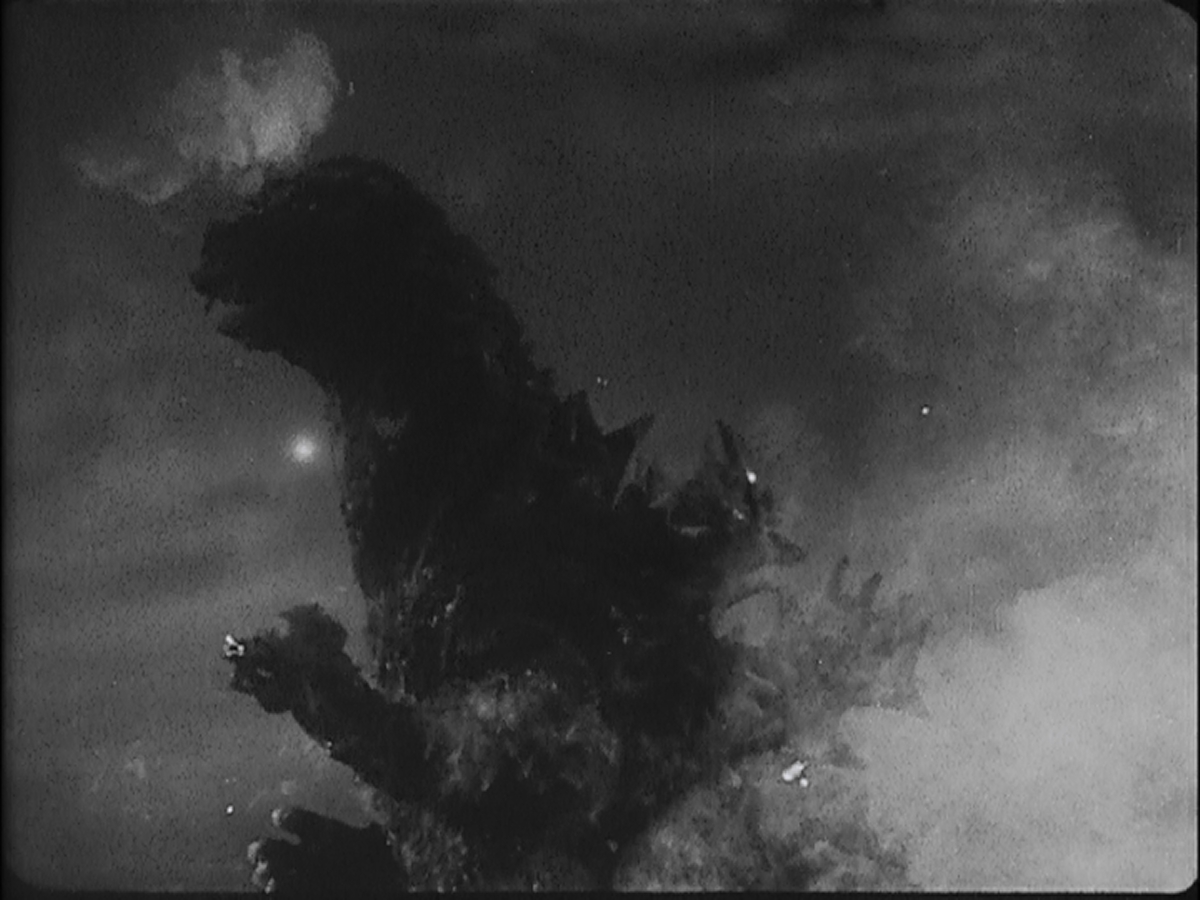
I won't be discussing the American versions of Japanese monster films if I can get the Japanese cut. I'm just not that interested. I'm a subs guy, as I find the process of dubbing can be convoluted, especially when attempting to cram English words into mouths speaking Japanese. This distances the dialog from the original concept, and unless there's some sort of genius doing the translating, it's three removes from the original, rather than one. I prefer to read the dialog, and listen to the voices of the original actors. As a result, I'm enjoying Sony's releases of these films on DVD, since they include a subbed Japanese version, as well as the dubbed and often recut American version.
Godzilla Raids Again provides us with the answer to the impotent military posited in the original Godzilla. If the colossus cannot be defeated by conventional weapons, then how do we provide narrative tension? The answer is to fight fire with fire, and introduce another giant monster. And this is the moment the Godzilla franchise comes into its own, providing a stage for two or more gigantic monsters to meet and fight.
Godzilla is no longer a mystery, so he appears much earlier in the film that the previous one. Less than nine minutes in, Godzilla and Anguirus are shown, already locked in combat. This is a second mutated dinosaur. The original Godzilla was killed by the Oxygen Destroyer, and nuclear testing has once again produced a gigantic version of a dinosaur from the same family. But that's not important. What's important is that Japan must now face another attack by Godzilla.
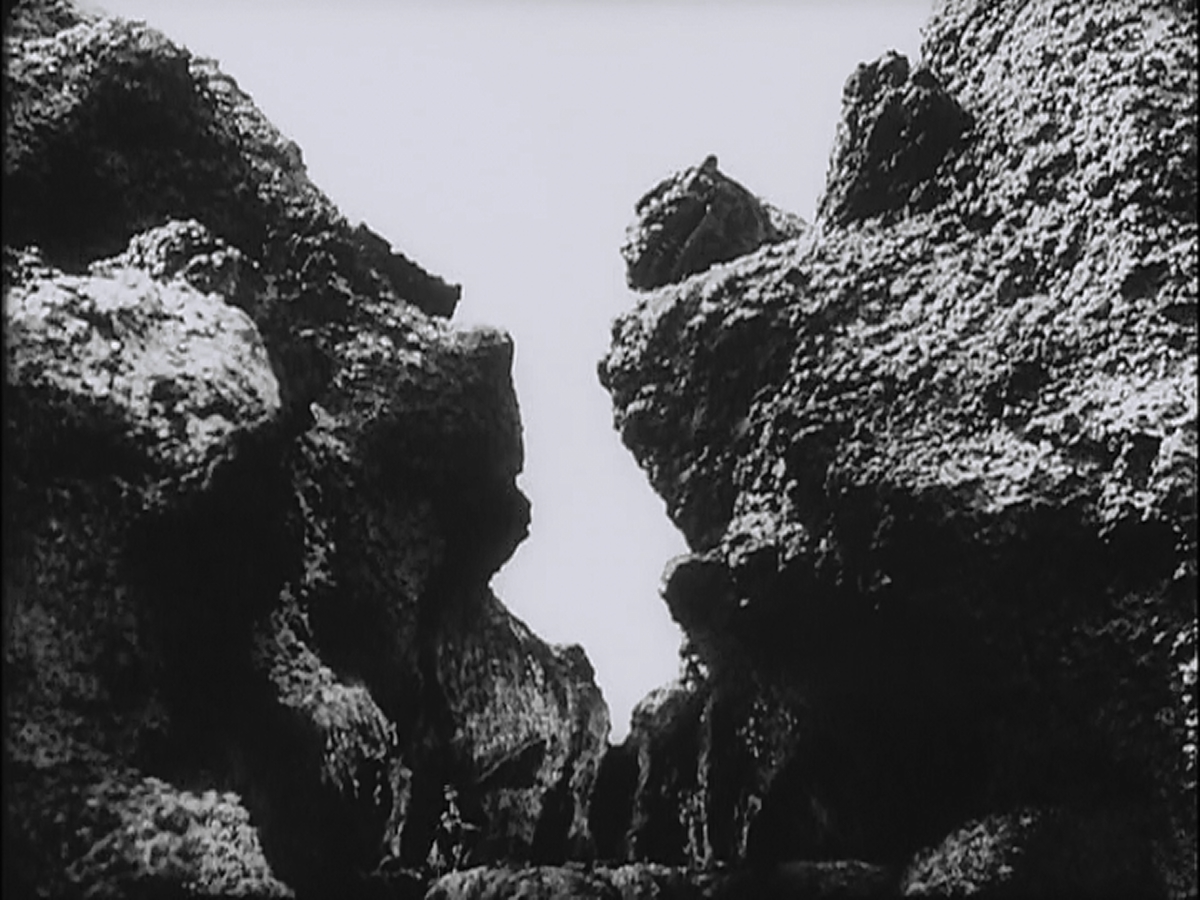
To remind the viewer of the original Godzilla film (remember this is the fifties, so there are no DVDs or home versions of film avalable), Dr Yamane (played again by Takashi Shimura, one of Kurosawa's pernnial players) shows us a quick reel from the previous film. It's a hoary old device, but one that works. Yamane and the military explicitly agree that the military is useless against these titanic monsters, and that they must keep an eye on the monsters in order to predict where they will be most destructive, and evacuate the civilians.
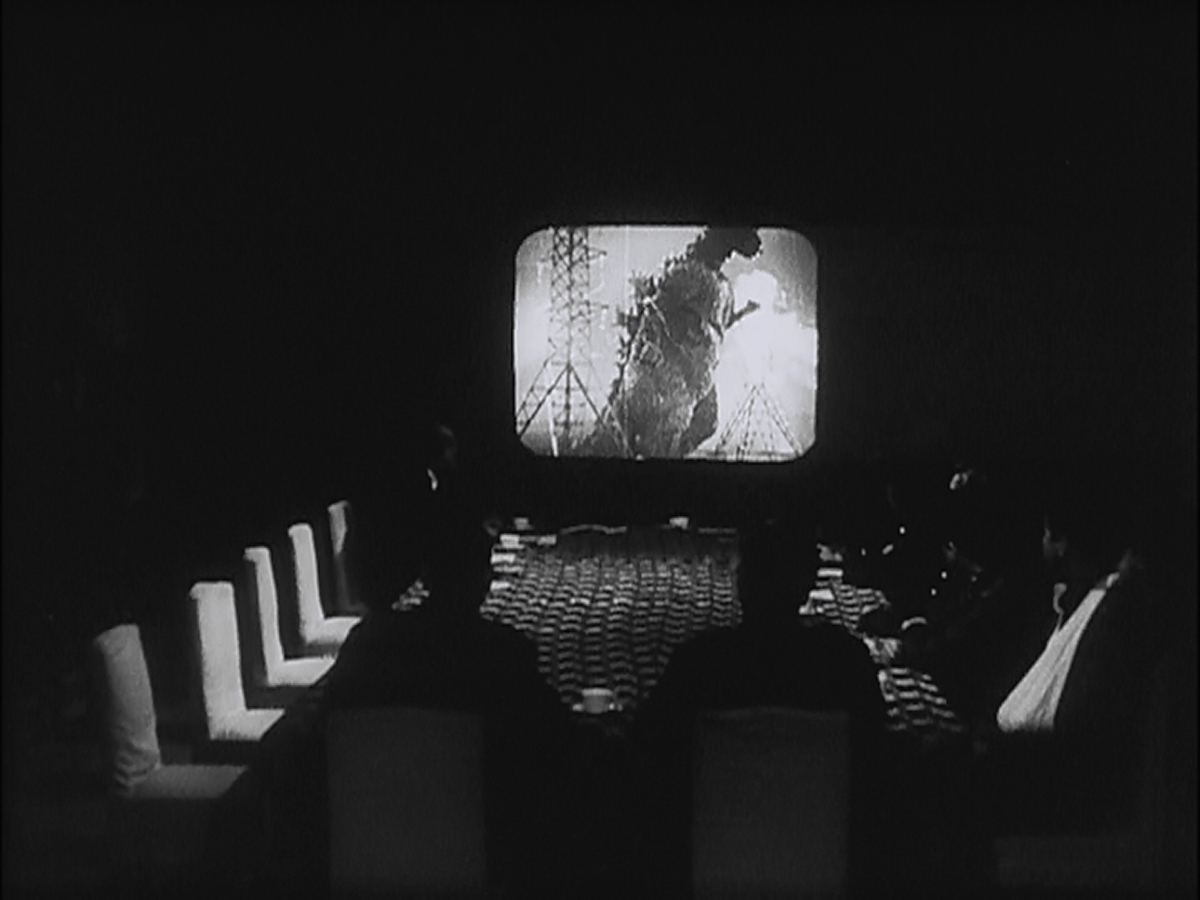
The device used in this film is that Godzilla is attracted to light. This is a small reference to the first film, when Godzilla attacked the broadcast tower, having seen the flashing lights from the photographers. This may also be a reference to King Kong, as it's the photographer's flashes that set Kong on his rampage. It also reinforces the Godzilla as American military metaphor, since the authorities shut down the lights of Osaka. The audience would have remembered blackouts during WWII bombing raids. It also serves to show the folly of men. Godzilla is indeed distracted by the flares, but a fire at an oil refinery catches his attention, at which point Osaka gets stomped.
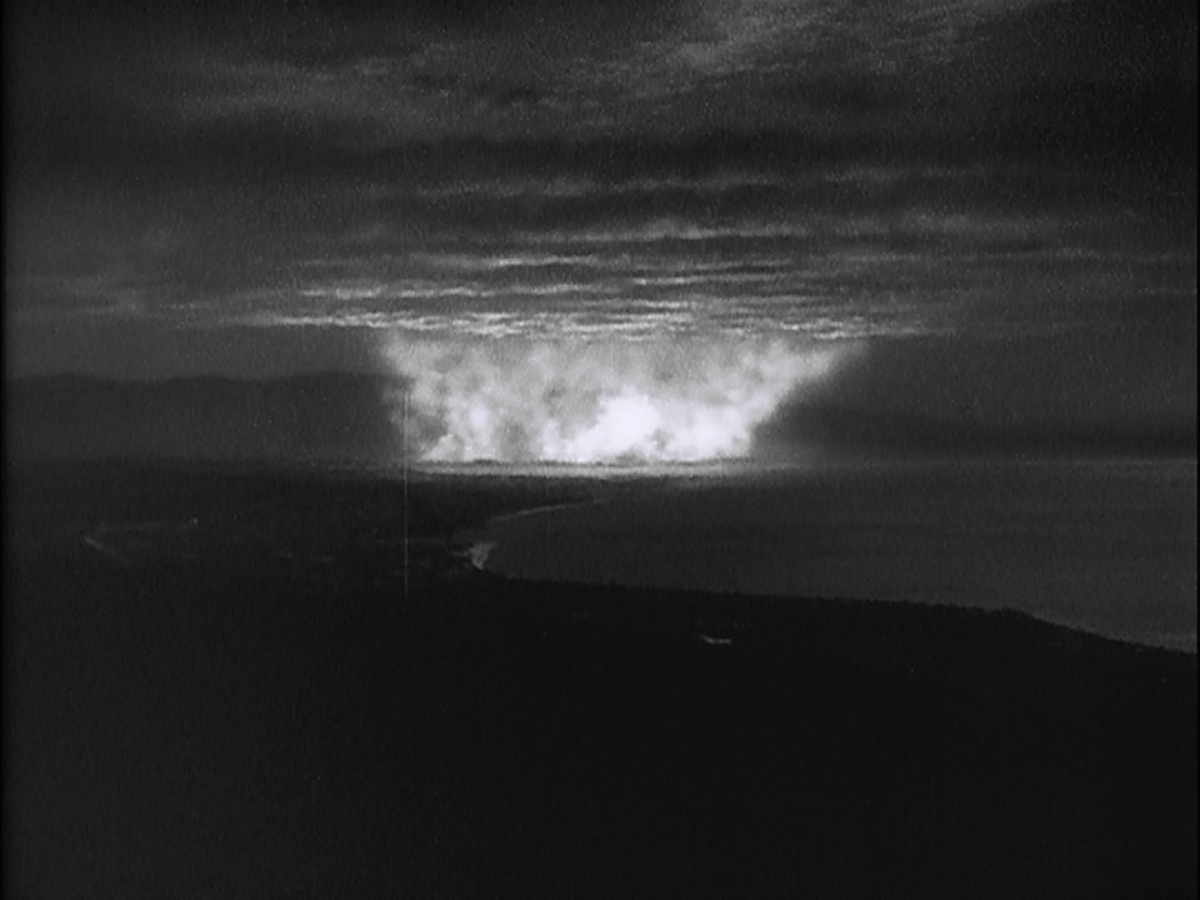
The human characters are much more ordinary. Our protagonists are pilots for a fishing company, as well as the girls they are sweet on. Dr. Yamane appears only to give us plot exposition as the Gozilla expert. The smaller lives of these less-developed characters stand in contrast to the previous film. These are working-class, in the employ of Kaiyo Fishing Company trying to do what they can, not researchers or scientists.
Godzilla's breath weapon is used, but in many ways it is downplayed. Anguirus takes a face full of it, but shrugs it off, either because he is already mutated, or it's not that powerful. But we do see the city going up in flames behind him. The wrestling is famously different from the slightly overcranked Godzilla scenes from the original film. These are slightly undercranked, so the wrestling is a bit fast. The effect isn't all that impressive, lending neither weight nor a sense of mass to the struggle. Which is strange, because some of the scenes of collapsing buildings, and a few of the monsters themselves, are clearly overcranked. This (along with the quick glimpse of a crew member while Tsukioka and Kobayashi are on the island) speaks to the cheap and rushed nature of the film.
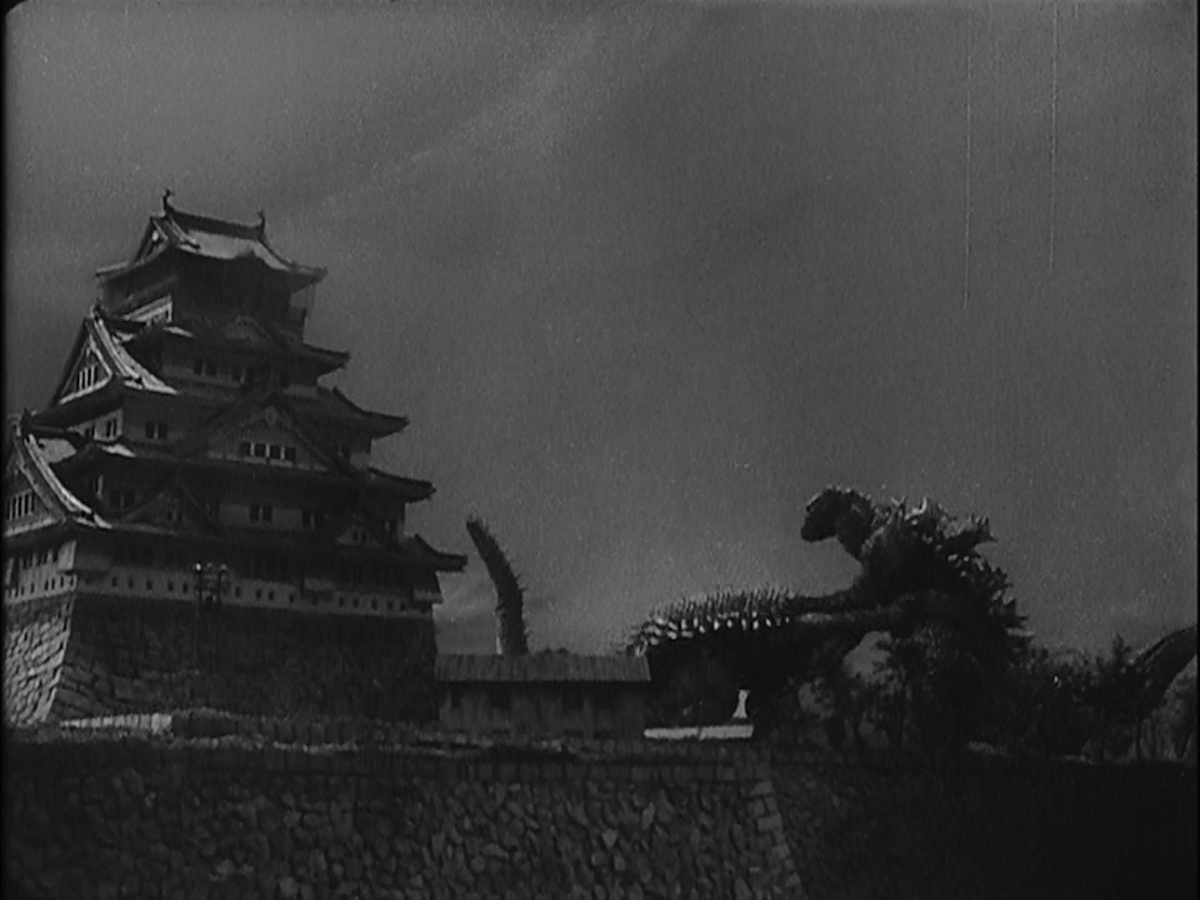
Anguirus is killed and then incinerated by Godzilla just over halfway through the film. As this was establishing the giant monster vs giant monster genre, this is unexpected. Later, the confrontation between the two monsters will be the set piece climax at the end of the film. Here, Anguirus is more or less there to give Godzilla something to do, rather than just crushing Osaka for the first half of the film.
Although Godzilla Raids Again is still grim in tone, the scenes of destruction are not interspersed with scenes of human suffering. There are no crying children, and no scintillation counters. Immediately after the attack, the protagonists are seen cleaning up the burned remains of Kaiyo Fishing, and the president promises that he will rebuild it. This is a spirit of post-war Japan. Their country had been bombed pretty heavily, and there was a lot of work to be done.
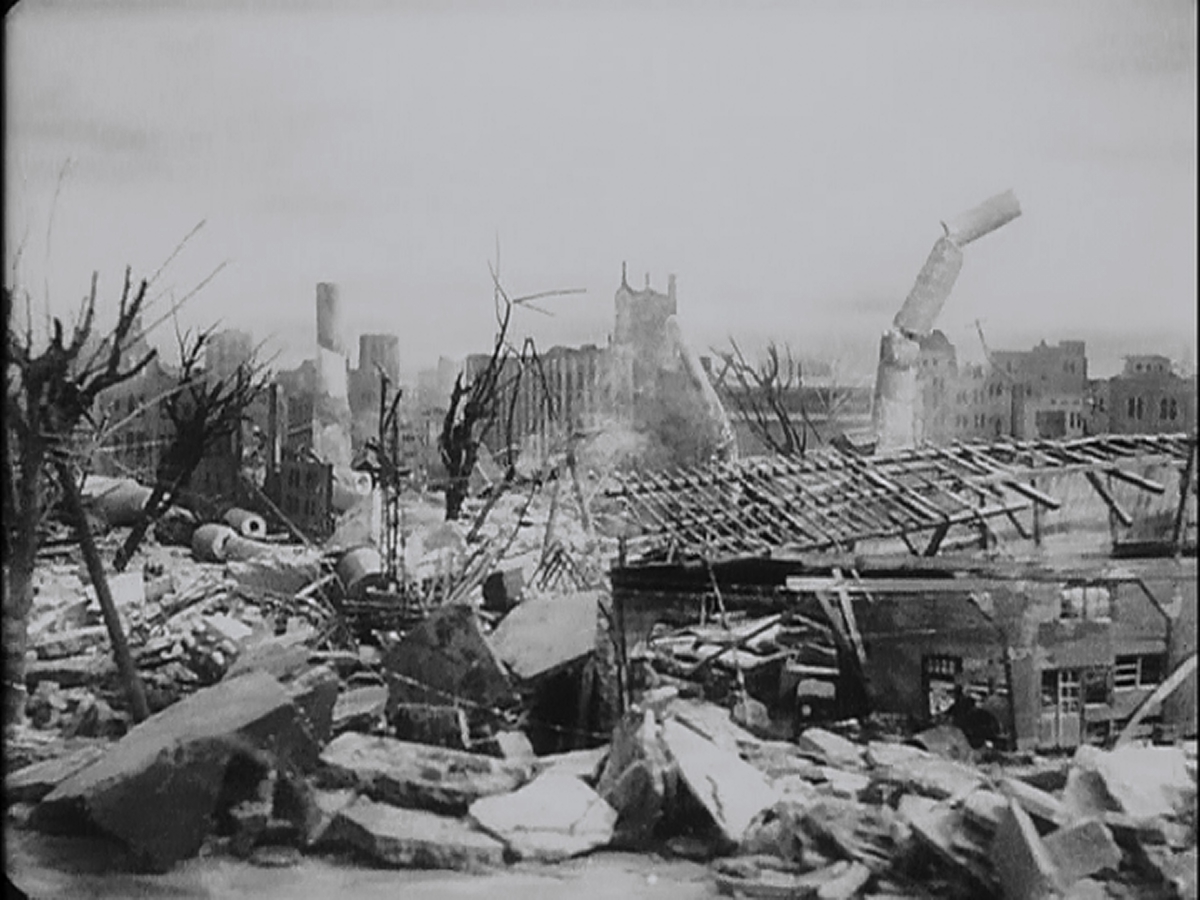
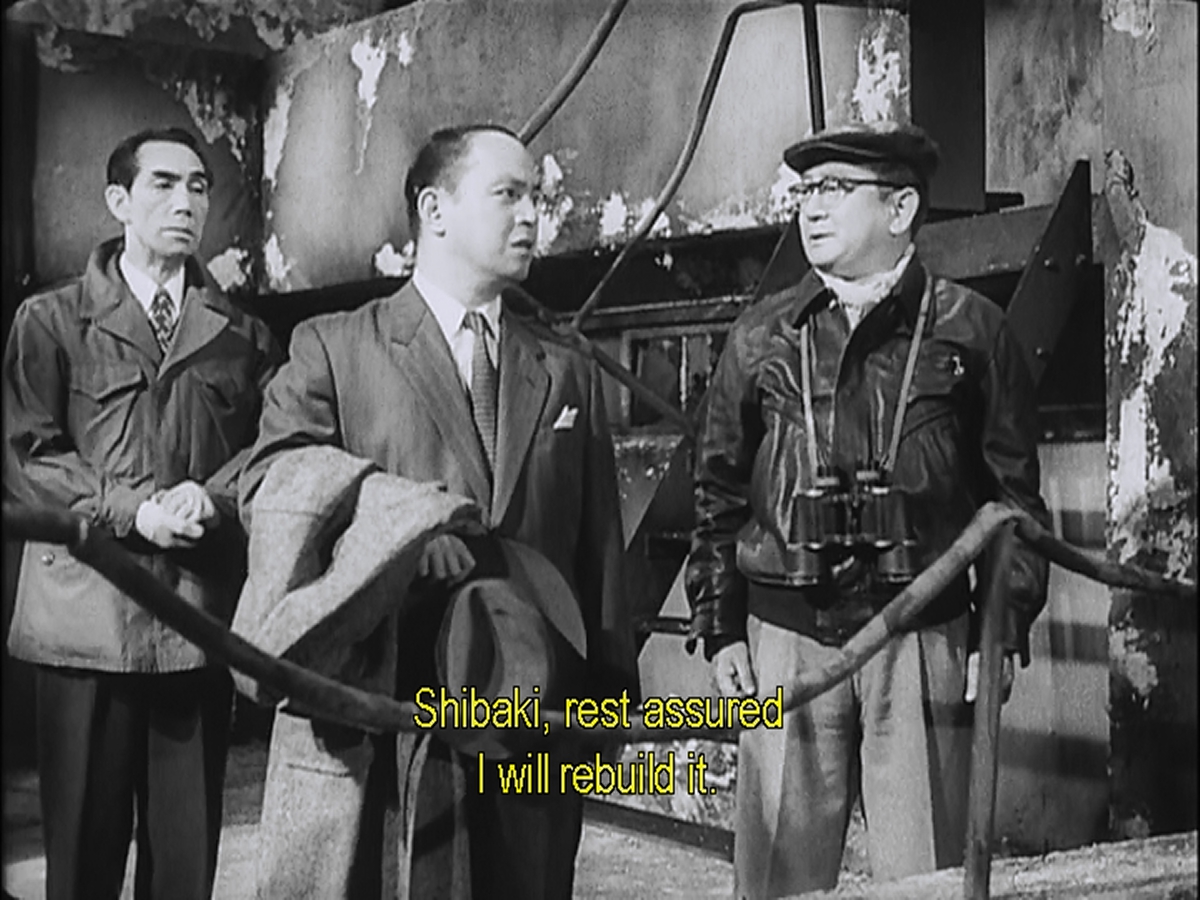
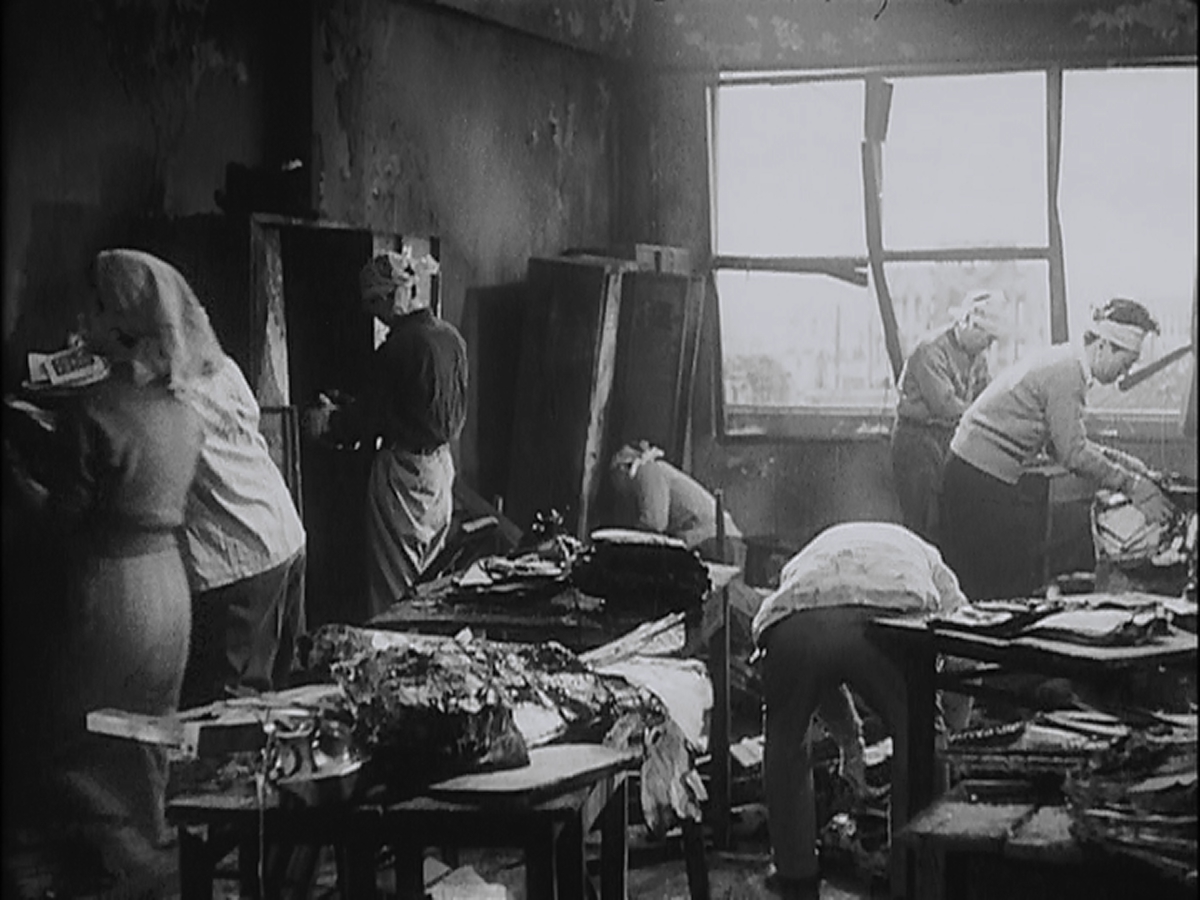
Godzilla vanishes the minute Anguirus is defeated. And then we are treated to a sort of slice-of-life comedy. It's a bit strange, although if the intent was to have the characters return to a 'normal' life after Godzilla's rampage, I suppose I understand it. It doesn't contribute to the disaster feel of he film, however.
David Kalat equates the death of Kobiyashi, the popular and genial pilot looking for love, with a kamakazi suicide action. I think that's unclear in the Japanese version of the film. I find it equally possible that Kobiyashi was attempting to distract Godzilla. Yes, he is angry with the big lizard, but he is hit by Godzilla's atomic ray and crashes into a mountain. He was clearly conscious as he did so. If he wanted to crash into Godzilla, he could likely have done so, on fire or not.
For the first tme in the franchise, the military is not entirely useless. Tanks and missiles are ineffective, and when the search is on to find Godzilla, the military deploys jets. It takes Tsukioka in his prop plane to locates him. However, once Godzilla is located, bombs and missiles work indirectly, causing avalanches of ice to fall on Godzilla, trapping the giantic beast at the cost of several planes and their pilots.
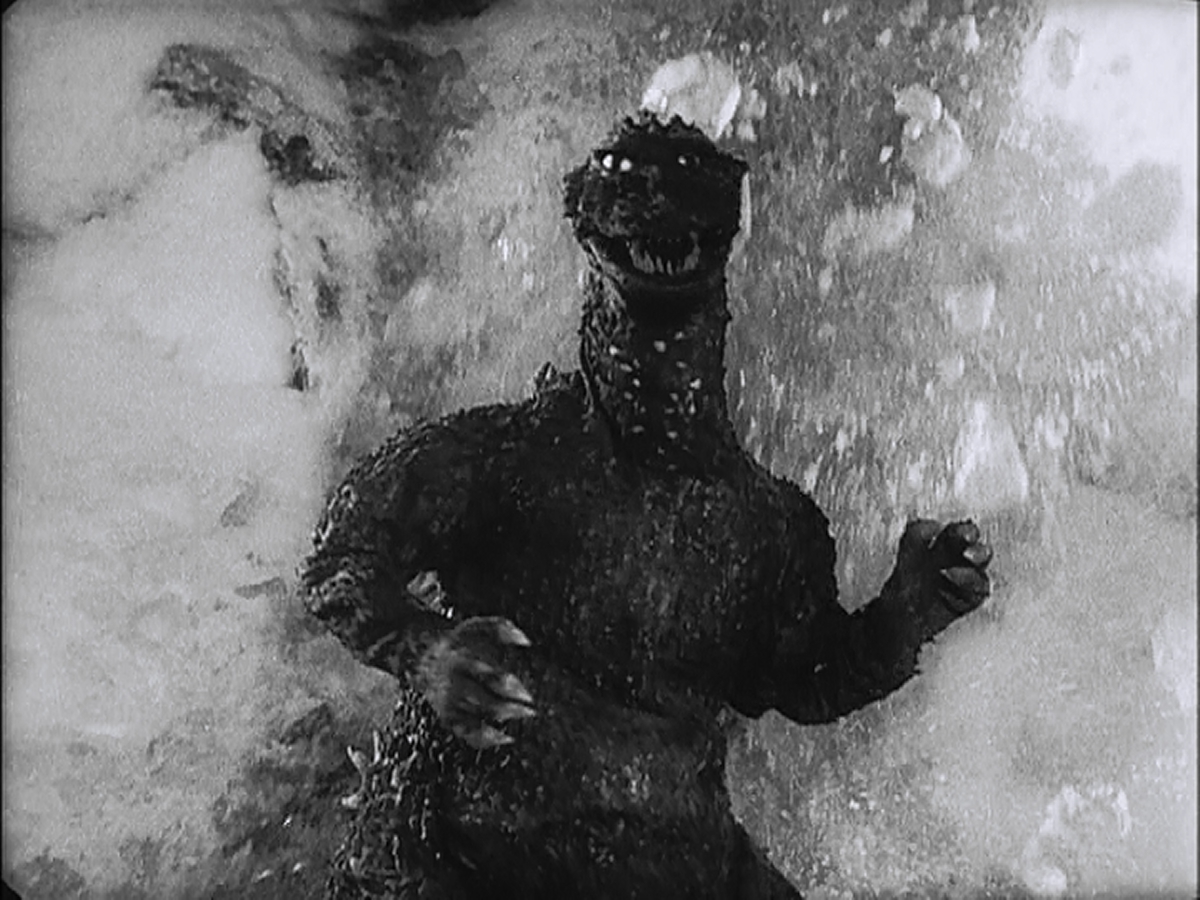
Godzilla Raids Again is an unexciting, but not awful entry in the genre. It requires a bit of patience to appreciate and love; it's not a great, layered work of art. I find it interesting as a look into the way that the genre evolved.
In the end, Godzilla is buried under induced avalanches of ice on a remote island. And there he would remain until he wakes again. But was it the footsteps of a giant ape that awaken him to color after a seven-year sleep? Or was it something else?
1 comment:
Hello niice post
Post a Comment